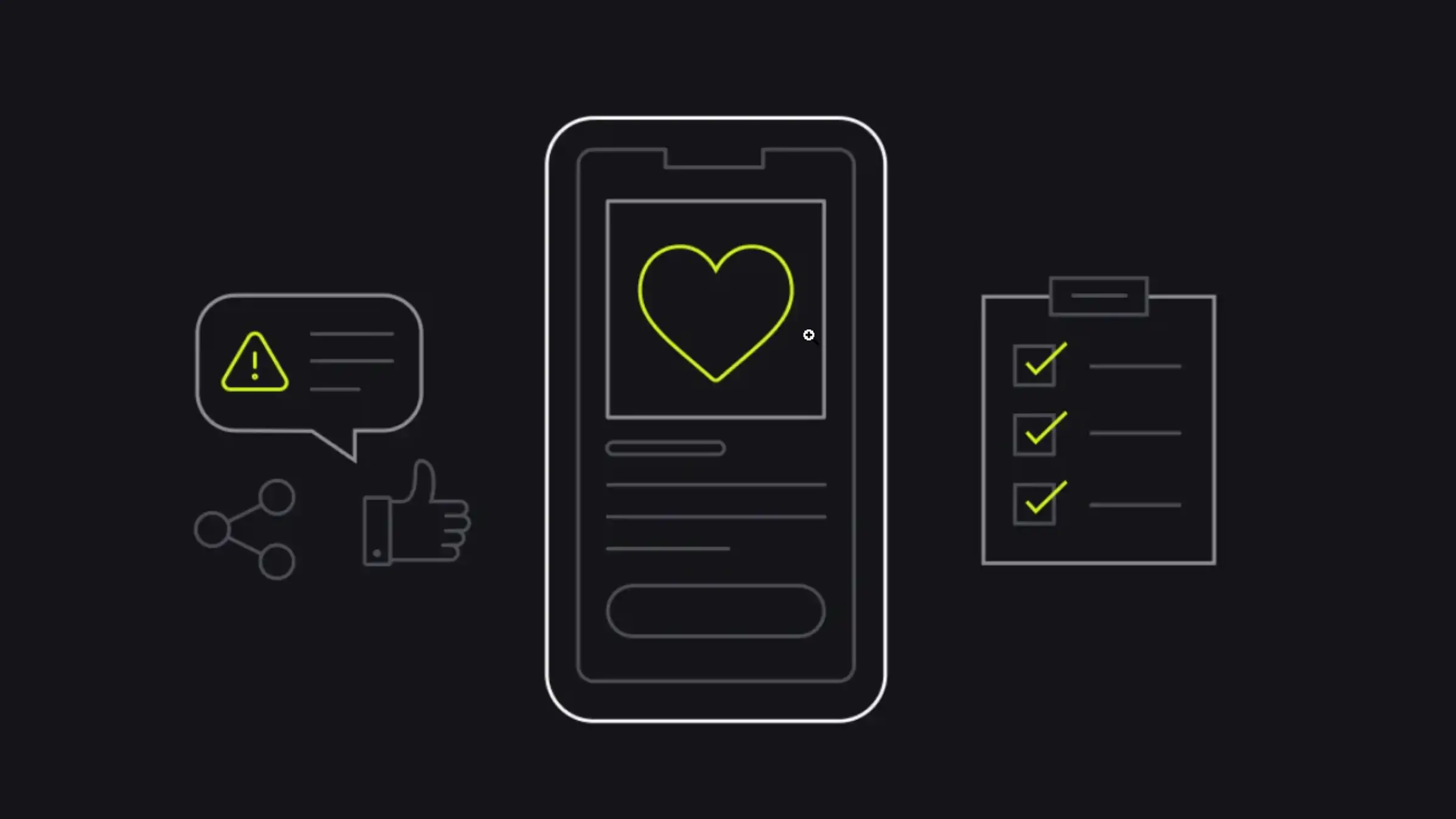A brand is an idea, a concept, an image. It’s about what people think of when they hear your company name or read your logo; it’s about who you are in the minds of customers and prospects.
Your brand is how you communicate who you are and what you stand for to the world.
Think of your brand as a two-dimensional icon representing a four-dimensional reality.
Compared to competitors in our markets, we perceive ourselves relative to how others see us — our identity.
Shortcuts:

The Art of Differentiation: Forging a Unique Brand Identity
Brand identity is the core of your business. It's what makes you unique and different from your competitors. It's how customers perceive you and what they will remember about your company.
Brand identity encompasses many different things: colors, fonts, logos, and even smells are considered part of branding.
To create an effective brand strategy, it is vital that all aspects work together and compliment each other seamlessly, then your brand will be perceived in the market as you would like it to be.
If you feel that communicating your brand identity effectively is outside your capabilities, there are many brand strategy services available to help.
With their help, you can easily align your branding with your business goals.
The resulting competitive advantages will increase brand awareness and loyalty, which in turn will have a positive impact on sales.
Cohesiveness Across Channels: Ensuring a Unified Brand Image
Ensuring that your visual assets are consistent across all marketing channels is crucial to creating a unified brand image.
You can do this through your design elements like color palettes and typography, as well as by using the same style or layout for each piece of content.

There are several factors to consider when creating visual assets for a brand:
- Color palette: When choosing colors, consider their associations and impact on the audience. All marketing materials often use the same colors to reinforce brand perception and consistency.
- Typography: The use of specific fonts or typographic elements is also essential. It helps to create visual focus and brand recognition.
- Graphic style or layouts: Using the same styles, compositions, and layouts for different content elements (such as social media, website, and advertising banners) helps maintain consistency.
- Logo and brand symbols: The logo and brand symbols are also key elements that help to recognize and differentiate your brand from competitors. In today's digital age, you can utilize AI logo maker to create a logo to represent your brand within seconds. Some statistics reflect the value of the world's most valuable brands in 2023.

- Adaptation to different platforms: It's important to consider how your visuals look on different platforms and devices and ensure they are consistent and high-quality.
Remember that consistency in visuals helps build trust, recognition, and brand awareness among consumers.
Memorability Factor: Creating an Everlasting Impression
A memorable brand is one that you can't forget. It's not just about being memorable; it's also about being distinct from the competition.
When you think of the brands you love and trust, how many can you name? How many do you know by heart?
If there were a quiz game on your favorite products or services and their logos popped up before you, would they all be easy peasy lemon squeezy?
Or would there be some hesitation while trying to remember which logo belonged to which company?
If there's any hesitation - even if it's only for a split second - then chances are good that this particular brand isn't as memorable as it could be (or needs).
It may still be effective at getting its message across and generating sales.
However, if there were any doubts about whether consumers would choose this product over another, those doubts could end up costing them sales opportunities.
Down the road when customers shop for other options instead of returning next time because "Well gee whiz! This product might not even be here anymore.”
Competitive Edge: Leveraging Design for Market Advantage
Design is a powerful tool to create a competitive edge in your market. It's not just about making things look pretty.
It's also about creating a brand identity that stands out from the crowd and helps you differentiate yourself from your competitors.

Here are some ways design can help:
- Reduce costs by reducing errors, increasing efficiency, and improving production quality;
- Increase revenue by creating better customer experiences that lead to increased sales and brand loyalty over time;
- Improve employee satisfaction by giving them more freedom in the workplace so they feel they're contributing their best selves daily.
Conclusion
A brand plan is even more important than a business plan. But this question belongs to the "chicken and egg, who came first" niche.
Brand identity is the cornerstone of marketing and a critical factor in determining your company's success.
Creating a brand that stands out from the competition and is unique enough to be memorable is essential.
The best way to do this is by crafting an image that reflects who you are as an organization or individual and conveys what makes your business unique in an unforgettable way.

